To discover
Discover in more detail the main mythical parks and conservation areas in Tanzania; without forgetting the Zanzibar Archipelago and its islands.
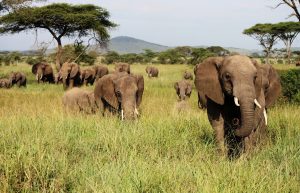
Serengeti National Park
“Serengeti” is a westernised version of the Maasai term for this region, siringet, which means “the place where the land runs on forever.” At 14,750 sq km, the Serengeti is Tanzania’s largest national park, and one of the world’s most important wildlife conservation areas. It is home to one earth’s most spectacular animal events, the annual migration of 1.5 million wildebeest and 1/4 million zebras. It is a seemingly endless grassland teeming with giraffes, lions, elephants, and countless other wildlife.
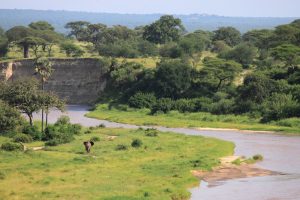
Tarangire National Park
Tarangire is named for the Tarangire River which bisects the park and brings vital fresh water to the many animals that live there. Made of ridges, valleys, swamps, and flooded wet season grasslands, Tarangire is a haven of green in Northern Tanzania’s dusty landscape. It is home to over 550 different bird species, making it a top choice for the hobby ornithologists among us. Tarangire is also home to a high concentration of elephants, tree-climbing lions, antelope, and the iconic baobab tree.
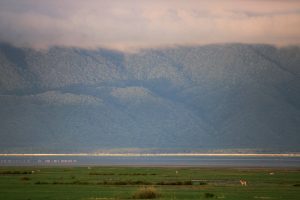
Ngorongoro Crater
Ngorongoro Crater is the world’s largest inactive and unbroken caldera. Formed when a volcano collapsed in on itself some 2-3 million years ago, the crater now covers 260 sq km and is 610 metres deep. The crater is an ancestral home of the Maasai people, but since becoming a conservation area, it now only plays permanent host to our animal friends. Hippos, elephants, lions, and many other animals can be seen in the crater, and it also offers the best chance of seeing the increasingly rare black rhino.
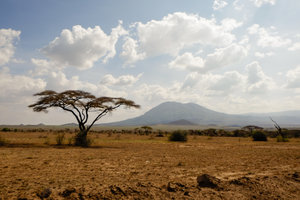
Ngorongoro Conservation Area
Ngorongoro Conservation Area is a UNESCO World Heritage Site, which protects the crater and surrounding highlands. It is a rich and fertile landscape with beautiful vistas and ridges. It also protects the Olduvai Gorge, one of the most important paleoanthropological sites in the world, which is considered to be the birthplace of humanity. The earliest human species were said to have occupied the gorge almost 2 million years ago, and research conducted in the gorge has been instrumental in furthering our understanding of human evolution.
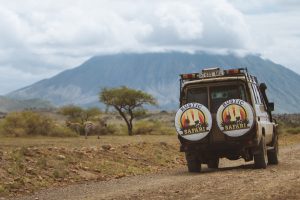
Lake Natron
Lake Natron is a salt and alkaline lake in the Arusha region, near the Kenyan border. Due to its very high evaporation rate during the dry season, the remaining water takes on incredibly high salinity and attracts salt-loving microorganisms which give the water a deep red-orange hue. Due to its salinity and high temperature (up to 60 °C), the lake is inhospitable to most animals, and for that reason is East African’s only safe breeding ground for the 2.5 million lesser flamingoes who feed on the lake’s algae and rely on its absence of predators.
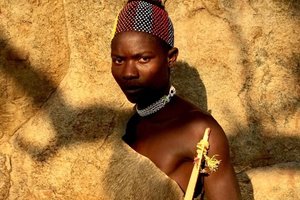
Lake Eyasi
Lake Eyasi is a seasonal, salt-water lake on the floor of the Great Rift Valley. It is the ancestral home of the Hadza people, a small (1,200-1,300 people) hunter-gatherer tribe who have occupied the territory for thousands of years. Despite repeated settlement attempts by colonialists and successive governments, the Hadza still pursue an entirely nomadic, traditional lifestyle. In recent years, the Hadza have begun accepting limited visits from tourists who wish to join them on their hunts. While the rain season can flood the lake, attracting hippos from the Serengeti, during the dry season the lake can dry up almost entirely.
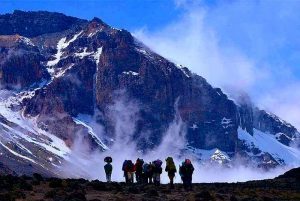
Kilimanjaro National Park
Kilimanjaro National Park protects the infamous Mount Kilimanjaro, which, at 5,895 metres, is the tallest mountain in Africa. Located near the city of Moshi, Kilimanjaro Park offers stunning views and the challenge of a lifetime for those interested in climbing one of the world’s most famous mountains. Or for those of us who prefer to remain a little closer to sea level, the park has many lower-elevation day trips, either by foot, truck, bicycle, or even horse.
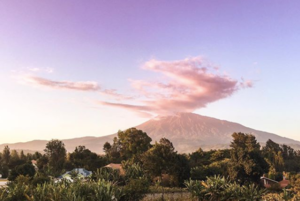
Mount Meru / Arusha National Park
Kilimanjaro’s lesser known neighbour, Mount Meru, has the reputation for being a “warm up” hike for Kilimanjaro. But at 4,562 metres, Meru is hardly a walk in the park, so to speak. The dormant volcano towers above the city of Arusha, and offers climbers the opportunity to climb Africa’s fourth-tallest mountain at a fraction of the price (and a little less altitude sickness) than reaching the summit of its famous neighbour.
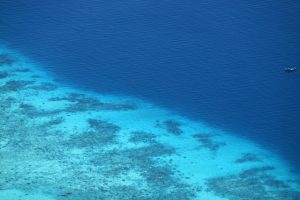
Zanzibar Archipelago
The Zanzibar Archipelago consists of several islands off Tanzania’s Eastern coast, the largest of which is colloquially referred to as Zanzibar. Turquoise waters lap at impossibly white sand beaches in this tropical paradise, while the island’s multicultural and historic Stone Town offers visitors the opportunity to learn about the complex and fascinating history of the Swahili culture which developed in this region. Further down the coast, the archipelago’s Mafia Island Marine Park plays an essential role in marine conservation, protecting estuaries, coral reefs, mangroves, and beaches.
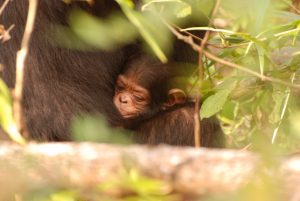
Gombe Stream National Park
Situated in Tanzania’s Western Kigoma region, along the crystal-clear shores of Lake Tanganyika, Gombe Stream National Park has gained its fame for being the long-time home of chimpanzee researcher Jane Goodall. Covering only 35 sq km, Gombe is one of Tanzania’s smallest national parks and the home of hundreds of wild chimpanzees which are well habituated to the company of humans, along with numerous other monkey species. The park offers visitors the chance to trek its steep, jungle-covered terrain to get up close and personal with our closest animal relatives, then spend the afternoon cooling down in the lake.
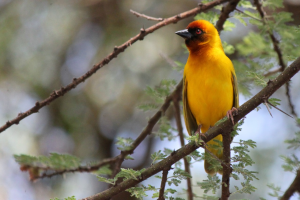
Mahale Mountains National Park
Perhaps one of Tanzania’s most beautiful parks, Mahale is also, unfortunately, its least accessible. Situated 200 km downshore from the Western city of Kigoma, Mahale can only be reached by boat or plane, and upon arrival, is only traversable by foot. However, if you decide to make the trek, you’ll be rewarded with otherworldly views of the park’s steep, jungly mountains rising dramatically out of Lake Tanganyika’s turquoise water, and you’ll be tromping around in the only ecosystem in the world where lions and chimpanzees co-exist. What’s more, due to its inaccessibility, you’ll likely have the whole place to yourself.
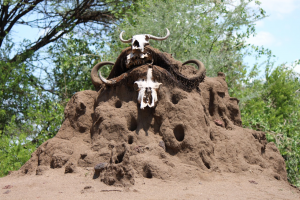
Saadani National Park
One of Tanzania’s newest national parks, Saadani is unusual in that is the only one which borders the sea. Because of its location and geography, Saadani boasts flora and fauuna from marine, terrestrial, and riverine ecosystems. So you can see elephants and sea birds in the same day, or acacias and mangroves. Large mammals such as elephants and lions roam its land, while crocodiles and hippos escape the coastal heat by lounging in its rivers and brackish water.
